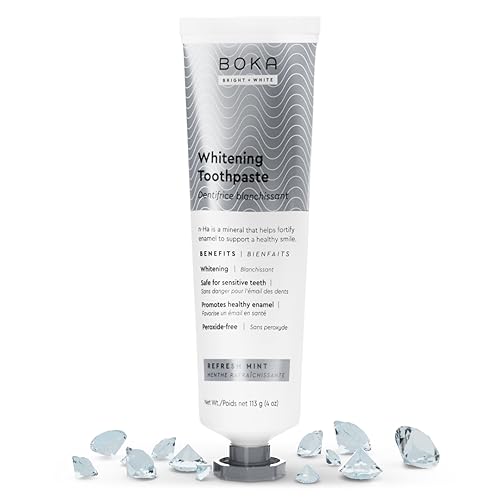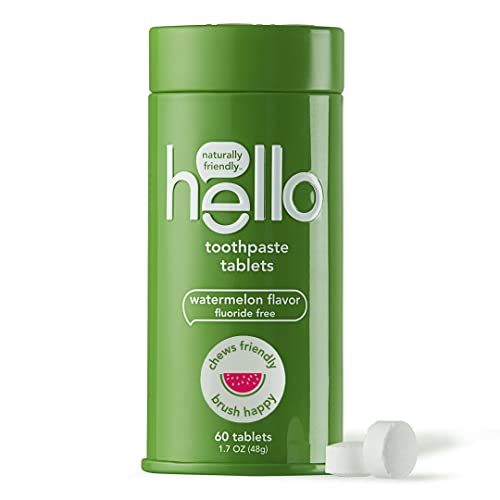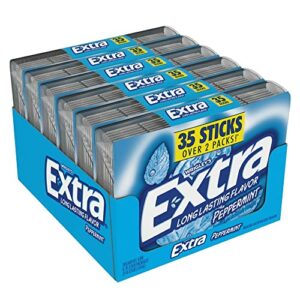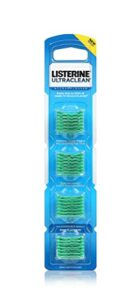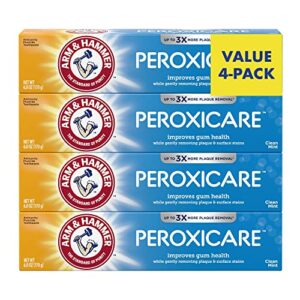In our step-by-step guide, “How to Ensure Kids’ Dental Health with Natural Children’s Toothpaste,” we aim to provide parents with a comprehensive understanding of alternative toothpaste options for their children. We understand that as a parent, you want the best for your child’s dental health, and natural toothpaste can be a great option. Our guide will take you through the process of selecting and using natural children’s toothpaste, ensuring that you have all the necessary information to keep your child’s teeth healthy and strong.
Discover the best toothpaste alternatives
Choosing a Natural Children's Toothpaste
When choosing a natural toothpaste for kids, it is important to consider the benefits it offers. Natural toothpaste is made from safe and gentle ingredients that are free from harmful chemicals, artificial flavors, and sweeteners. It helps to protect children’s developing teeth and gums without any potential risks associated with conventional toothpaste ingredients, such as fluoride, sodium lauryl sulfate (SLS), and artificial colors. By opting for a natural toothpaste, you can ensure that your child maintains good oral hygiene while avoiding any potential harm from harsh chemicals.
Reading Labels and Ingredients
To educate parents on how to read toothpaste labels and identify harmful ingredients, we recommend following these steps. Firstly, look for ingredients such as sodium lauryl sulfate (SLS) and triclosan, as they can be harmful if ingested. Secondly, steer clear of artificial sweeteners like saccharin and aspartame, which can be found in some toothpaste brands. Lastly, avoid toothpaste containing fluoride if you prefer a fluoride-free option. By being aware of these common unhealthy ingredients, you can make informed choices and prioritize your family’s oral health.
Finding a Trusted Brand
To find a trusted brand of natural children’s toothpaste, we recommend following these steps:
- Look for fluoride-free options: Check the packaging to ensure that the toothpaste is fluoride-free. This is important because excessive fluoride ingestion can be harmful to young children.
- Choose organic ingredients: Opt for toothpaste brands that use organic ingredients. This ensures that your child is not exposed to unnecessary chemicals or artificial additives.
- Consider kid-friendly flavors: Look for toothpaste flavors that your child will enjoy. Popular options include fruity flavors like strawberry or watermelon. This can make brushing more enjoyable for your little one.
- Read online reviews and recommendations: Take the time to read reviews from other parents who have tried the toothpaste. This can provide valuable insights into the effectiveness and quality of the product.
By following these steps, you can confidently select a reliable brand of natural children’s toothpaste that meets your child’s dental hygiene needs.
Consulting with a Pediatric Dentist
Encourage parents to schedule a consultation with a pediatric dentist by explaining the importance of discussing their child’s dental health. Emphasize the need for professional advice on selecting the appropriate toothpaste for their child. Recommend that parents bring any specific concerns or questions they may have to the appointment to ensure a comprehensive discussion.
Introducing the Toothpaste to Kids
To introduce natural toothpaste to children, we recommend making it a fun experience! Start by letting your child choose their own toothbrush and a flavored toothpaste they like. Show them how to brush their teeth properly by using gentle, circular motions and reaching all areas of their mouth. Encourage them with positive reinforcement, such as giving them a sticker or a small reward after each successful brushing session.
For example:
- Start by taking your child to the store and letting them pick out a toothbrush and a natural toothpaste in their favorite flavor, like strawberry or watermelon.
- Show your child how to brush their teeth by using your own toothbrush and toothpaste. Make it a game by pretending to be a dentist and explaining the importance of brushing all areas of their mouth.
- Let your child have a turn at brushing their own teeth, but be sure to supervise and guide them. Use positive reinforcement by praising them for their efforts and giving them a sticker or a small reward after each successful brushing session.
Remember, introducing natural toothpaste to children should be a positive and enjoyable experience. By making it fun, demonstrating proper techniques, and using positive reinforcement, you can help your child develop good oral hygiene habits that will last a lifetime.
Brushing Techniques for Kids
To ensure that kids brush their teeth effectively, it is important to teach them the correct brushing techniques. First, make sure they brush for at least two minutes to thoroughly clean their teeth. Show them how to hold the toothbrush at a 45-degree angle, pointing towards the gum line, so that they can reach both the teeth and gums. Encourage them to use gentle, circular motions to brush all surfaces of their teeth, including the front, back, and chewing surfaces. For example, demonstrate the proper technique by starting at the back of the mouth and moving the brush in small circles along the gum line. Finally, remind them to brush their tongue gently to remove any bacteria and freshen their breath.
Supervising Kids' Brushing
Supervising kids’ brushing is crucial until they develop proper brushing skills. It ensures that they are effectively cleaning their teeth and helps to establish good oral hygiene habits from a young age. To make brushing a collaborative and positive experience, we suggest setting a daily routine, brushing alongside them to demonstrate proper technique, using a timer or music to make it fun, and providing praise and encouragement throughout the process. By supervising and actively engaging in their brushing routine, we can help children develop lifelong habits for maintaining a healthy smile.
Establishing a Consistent Routine
Establishing a consistent brushing routine is crucial for maintaining good oral hygiene. To make it a habit, we need to emphasize the importance of daily brushing and provide strategies to help us stick to the routine. Here are some effective strategies to consider:
- Set Reminders: Use technology to our advantage by setting reminders on our phones or other devices. Choose a specific time for brushing and set an alarm to ensure we don’t forget.
- Create a Reward System: Motivate ourselves by implementing a reward system. For example, we can create a chart and give ourselves a sticker or a small treat every time we brush our teeth consistently for a certain period. This positive reinforcement can help us stay motivated.
- Involve the Whole Family: Encourage the whole family to participate in the brushing routine. Brushing together can make it more enjoyable and serve as a reminder for everyone. We can even turn it into a fun activity by playing music or having a “brushing challenge” to see who can brush their teeth the longest.
Remember, consistency is key when it comes to establishing a brushing routine. By setting reminders, creating a reward system, and involving the whole family, we can make brushing our teeth a habitual and enjoyable part of our daily lives.
Maintaining Overall Dental Health
To maintain kids’ dental health, follow these additional tips:
- Schedule regular dental check-ups: Take your child to the dentist every six months for a check-up and cleaning. This helps detect any dental issues early on and ensures proper oral care.
- Encourage a balanced diet: Provide your child with a nutritious diet that includes fruits, vegetables, whole grains, and lean proteins. Limit sugary snacks and drinks, as they can contribute to tooth decay.
- Limit sugary snacks: Instead of giving your child candies or sugary snacks, opt for healthier alternatives like fresh fruits or yogurt. These options not only satisfy their cravings but also promote dental health.
- Teach good oral hygiene habits: Show your child how to brush their teeth properly using a soft-bristled toothbrush and fluoride toothpaste. Supervise their brushing until they are around 8 years old. Also, teach them the importance of flossing daily to remove plaque and prevent cavities.
Remember, by following these tips, you can help your child develop good dental habits that will last a lifetime.
Addressing Common Concerns
Assure parents about the effectiveness of natural toothpaste by explaining that it contains ingredients like baking soda and coconut oil that are known to fight plaque and prevent cavities. Address their concerns about fluoride by suggesting fluoride-free options that still provide protection, such as toothpaste with xylitol or hydroxyapatite. Reassure parents about the safety of natural toothpaste for kids by highlighting that it is free from harsh chemicals and artificial additives, making it gentle on their developing teeth and gums.
Promoting Healthy Smiles for Kids
In conclusion, we have explored the significance of natural children’s toothpaste in maintaining our kids’ dental health. We have learned that traditional toothpaste may contain harmful ingredients, while natural alternatives provide a safer option. By following the steps outlined in this guide, parents can ensure their children’s dental health is well taken care of. Remember to choose toothpaste with natural ingredients, encourage proper brushing habits, and make regular visits to the dentist. Let’s prioritize our kids’ dental health by opting for natural children’s toothpaste and giving their smiles the care they deserve.


